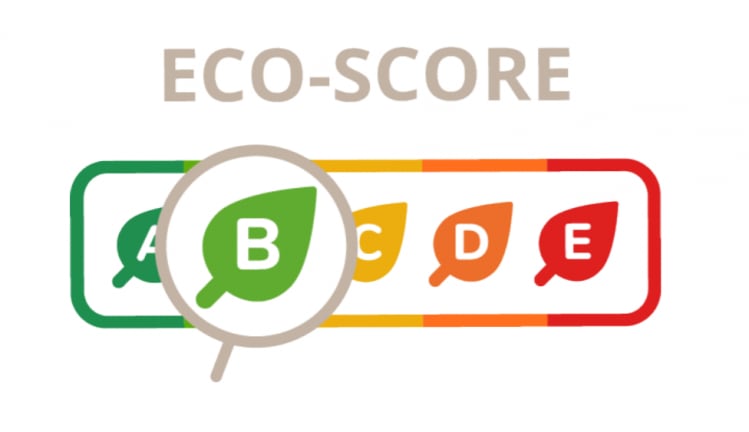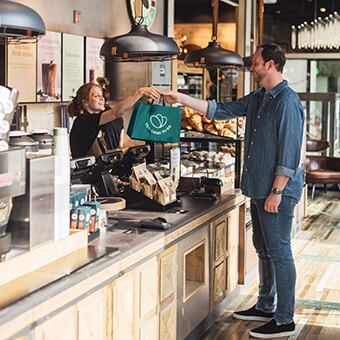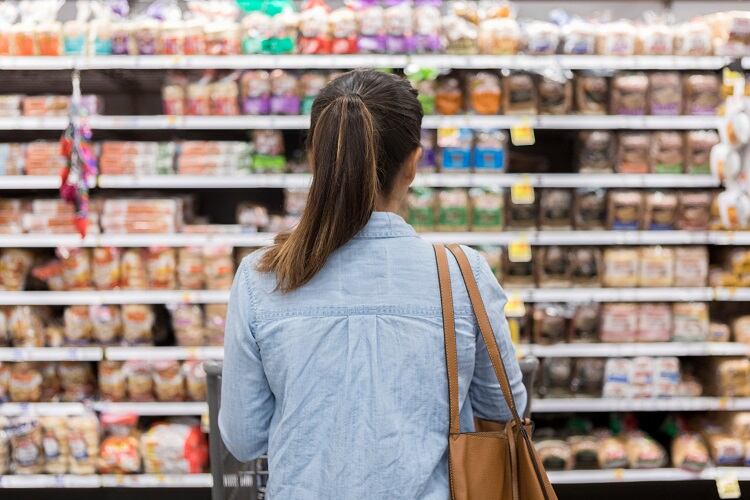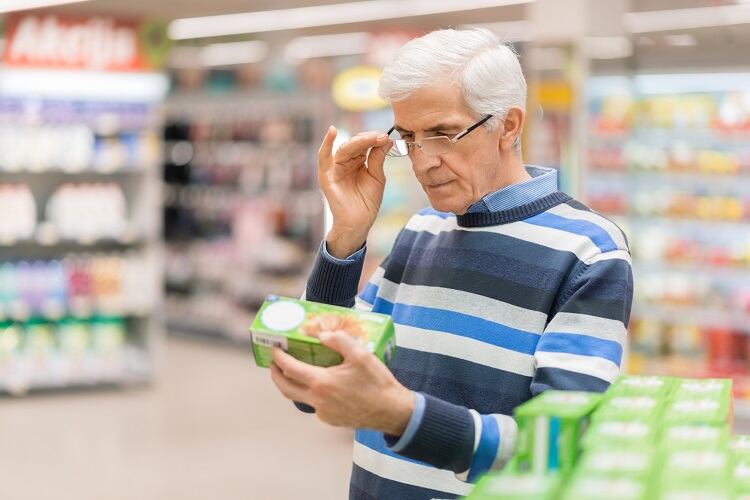A growing number of consumers say they want sustainable food and drink products.
According to a global survey conducted by IMB Institute for Business Value (IBV) and the National Retail Federation (NRF), purpose-driven consumers – who choose products and brands based on how well they align to their values – represent the largest segment (44%) of consumers.
But it’s becoming evident that what consumers say they want, and how they act, are two separate things. That same research, which surveyed 19,000 participants across 28 countries, identified an intention-action gap: while half of consumers say they’re willing to pay a premium for sustainability, less than one in three (31%) say sustainable products made up more than half of their last purchase.
Some innovative players are already working to close the intention-action gap. But on the whole, IBM, IBV and NRF believe brands and retailers need to take a ‘large leap forward’ to satisfy these shoppers.
So why might this intention-action gap exist? Which ‘nudging’ approaches are currently working on the market? And what other approaches can brands and retailers take to encourage sustainable consumption?
Paying less for more
Economic determinants, such as cost, income and availability, are amongst the key factors influencing purchasing decisions.
Since sustainable food and drink products can be more expensive than their conventional counterparts (or are at least perceived to be) offering greener food and drink at a discount can prove an effective strategy.
This is what online organic store La Fourche has found. Currently operating in France and expanding into Germany, La Fourche claims to stock the ‘best’ organic and sustainable brands – including its own brand – at a discount of between 20-25%.
Factors helping the organisation to offer discounts include the fact that it can buy and sell in bulk, and doesn’t have the high overheads associated with a bricks-and-mortar store.
“Price is super important for consumers…[they] need to make decisions [based] on their budget,” said Nathan Labat, La Fourche co-founder and CEO at F&A Next, an event hosted by Rabobank, Wageningen University & Research, Anterra Capital and StartLife, this week in the Netherlands.
Because at La Fourche products are discounted ‘pretty heavily’, Labat suggested consumers on a budget can have a more comfortable shopping experience. “Our members save around €400 per year and that’s how we are working to push a better food and consumption system.”

Although a different business model, Danish start-up Too Good To Go’s approach to pricing is also focused on sizeable discounts.
Currently active in 17 countries, the anti-food waste smartphone app works by connecting businesses which have surplus food with consumers looking to ‘rescue’ these meals. Rather than be discarded at the end of the day, these foods can be purchased at a reduced retail price and collected by consumers in-store at a set time.
“We offer [the surplus food] for one-third of the retail price. That’s around 20% of the users’ key reason to use the app,” Kathelijn van Elk, global impact manager at Too Good To Go, told delegates.
What can industry do to educate consumers?
Another reason for the consumer intention-action gap may lie in shoppers’ understanding of what sustainability actually means.
Indeed, ‘sustainability’ means different things to different people, explained La Fourche’s Labat. “A ‘sustainable product’ is very different, from one consumer to another. From fair trade to organic, sustainability means different things across different categories.”
La Fourche’s CEO has also observed that in France, preferences are slowly shifting from taste and nutrition towards more eco-conscious behaviours. Back in 2021, the store became the ‘first in Europe’ to adopt an environmental front-of-pack label: the Eco-Score.
“Right now, 90% of our members know the Eco-Score, and 70% use the Eco-Score to help choose their products. It has become the fourth parameter in consumer decisions.”

Industry should be wary of placing too much onus on consumer education, however, warned Sanne Stroosnijder, programme manager, Food Loss & Waste Prevention, at Wageningen University & Research (WUR).
“Most decisions consumer make…are actually not that deliberate,” she explained, referencing findings from WUR research. “We are creatures of habit, and that of course is quite contradictory to all the efforts [being made by] science and government and industry.”
Certification and standardisation do play a role, but they may not be something brands and retailers need communicate to all consumers, she suggested, ‘maybe only to those who are interested’.
Making sustainability attractive, interesting, and…simple!
If consumer education is not as central to the issue as previously thought then brands and retailers still need to act, just in a different way.
It’s about ‘significantly’ raising the sustainability credentials of both the upper and lower echelons of current product ranges, WUR’s Stroosnijder told delegates. Environmental labelling can be part of the solution, but ultimately, the goal is to create sustainable supermarkets.
“In the future, the supermarket might become a safe space, where you enter, you buy [food and drink] that in addition to being sustainable, is actually healthy for you.”
That simplicity is currently lacking, the researcher inferred. “Now, [when] entering the supermarket, even myself – an educated consumer with a profession in sustainable agri-food – am wildly confused.”

That same simplicity, in knowing that every food and drink option is a sustainable option, is also relevant to La Fourche and Too Good To Go, we were told. “It’s simple, and it’s the same at La Fourche,” said Too Good To Go’s van Elk, “I know if I shop there I’m doing good.
“[Environmental] scores do help to create more awareness, but I think it might also create confusion…but on certain platforms, [consumers] automatically know that if they join, they’re doing good. And [being] so easy definitely helps.”
Beyond simplicity, Too Good To Go is also trying to make combatting food waste as ‘attractive and interesting as possible’, the global impact lead explained. “We want to inspire and empower consumers to make change. Not [forcefully], more making sure it’s fun and easy – giving people the feeling they are really making the difference themselves.”
This is evidenced by the reasons users choose to purchase food via the Too Good To Go app.
The start-up conducted research in collaboration with Wageningen University investigating just that. Unsurprisingly, the primary reason is to combat food waste. But the second reason was for the ‘surprise effect’, explained van Elk. “Consumers don’t know exactly what’s in the bag they collect at the end of the day…
“It’s combining the elements of being excited, but also having the feeling that you’re doing something good.”




